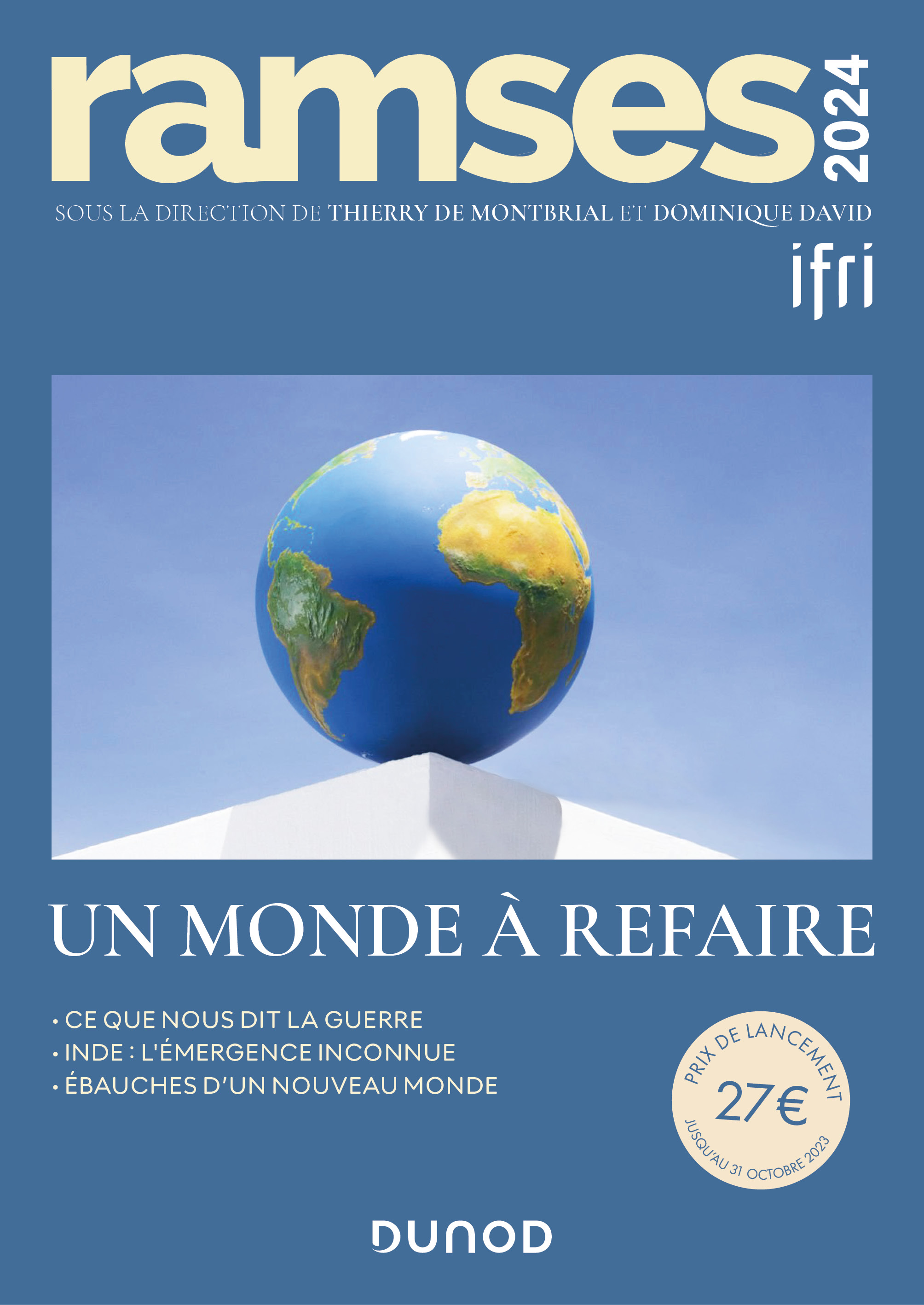Japan’s Indo-Pacific Strategy: Shaping a Hybrid Regional Order

What does Japan want in the Indo-Pacific? It can be tough to tell, because at the moment, Tokyo seems to be pursuing incompatible aims.
Japan is trying to check China geopolitically while deepening economic engagement. At the same time, it wants to deepen its strategic coordination with its closest security partners — the United States, Australia, and India — through the Quad, and it also wants to ensure the participation of a maximum number of countries in its Free and Open Indo-Pacific initiative.
Japan’s approach in the Indo-Pacific thus ultimately aims at ensuring its strategic autonomy by shaping a favorable regional environment and expanding its diplomatic and security options. This requires a pragmatic approach. While Japan’s priorities are set by China and the United States, Tokyo’s strategy in the Indo-Pacific is necessarily multilayered, from “minilateral” cooperation to a recent emphasis on more multilateral and inclusive initiatives. Japan’s mixed Indo-Pacific approach thus articulates the Free and Open Indo-Pacific strategy and the Quadrilateral Dialogue with a support for mega trade deals and regional organizations led by the Association of Southeast Asian Nations (ASEAN), as well as conditional engagement with China. It offers in many ways a preview of the future hybrid regional order in the Indo-Pacific, likely to accommodate a flurry of diversified cooperation formats in a context of growing bipolarization.
Japan’s Strategic Challenges
Hedging against China and keeping the United States engaged in Asia are the key tenets of Japanese strategy. Coping with the rise of China has been the strategic priority of Japan at least since the 2000s. This priority structures Tokyo’s diplomacy and defense policy. Indeed, China’s maritime expansion directly threatens Japanese interests in the East China Sea, with repeated intrusions into Japan’s territorial waters around the Senkaku Islands, claimed by China under the name “Diaoyu Islands.” In the South China Sea, Beijing’s extensive claims and militarization of islets are perceived as dangerously undermining the rule of law and freedom of navigation. Finally, China is considered as a revisionist power, challenging the post-1945 world order to impose its own standards (through its Belt and Road Initiative, among other schemes).
In response, Japan is implementing a strategy of hedging, with important counterbalancing elements. Internal counterbalancing is achieved through the strengthening of its defense capabilities. External counterbalancing centers on deepening of its alliance with the United States and the expansion of its strategic partnerships. The diversification of its strategic partners first allows Japan to strengthen its hand vis-à-vis China. It also aims to support the maintenance of a multipolar Asia and the balance of power in order to prevent Chinese hegemony. Promoting coordination between partners like Australia and India, and helping Southeast Asian countries to strengthen their maritime capabilities, should help to build up resilience in front of Beijing. Tokyo also strives to ensure functional cooperation with China through a focus on economic cooperation and a commitment to the region’s multilateral institutions.
A second key strategic Japanese objective is to keep the United States engaged in Asia. Indeed, the strengthening of the alliance (to dissuade China) and the maintenance of an international order based on rule of law, free trade, and multilateralism (to shape or constrain China’s attitude) are considered in Tokyo as the only option to ensure its strategic autonomy. President Donald Trump’s chaotic style has only reinforced Japanese concerns about the credibility of the U.S. military commitment to Asian stability and to Japan’s defense. Tokyo is thus seeking to build a network of U.S. allies and partners in the Indo-Pacific, both to strengthen the current alliance system but also to prevent a U.S. withdrawal. The diversification of its security partners thus allows Japan to guard against a possible U.S. strategic retreat and provides it with a means to eventually influence U.S. decisions. Indeed, Tokyo has been more proactive in defending its own interests and shaping America’s views and deeds in the region. In the longer term, these partnerships may also offer an option for Tokyo to become more autonomous from the United States.
While pursuing these two core strategic objectives, Japan also wants to be acknowledged as a key stakeholder in the Indo-Pacific. To achieve that, it needs to actively contribute to the build-up of the coming regional order by positioning itself as a central player able to provide public goods and help manage both soft and hard security matters in the area.
Japan in a Hybrid Regional Order
The sheer scale of transnational issues that need to be managed in the Indo-Pacific (environmental issues such as the depletion of resources and climate change, natural disasters, maritime security, terrorism, proliferation of weapons of mass destruction, cybersecurity, migration) requires multilateral cooperation. At the same time, the growing rivalry between Washington and Beijing seems to point toward an increasing bipolarization of the region (if not a new type of Cold War), with a partial decoupling that has already started in the economic and digital sectors. Several countries, reluctant to choose a side, have aired their concerns and proposed a third way out of a competition. ASEAN has recently issued a consensual statement on its Indo-Pacific outlook, and France is running its own Indo-Pacific strategy aiming to mitigate the negative effects of the Sino-American competition.
The full article is available on War on the Rocks' website.
Related centers and programs
Discover our other research centers and programsFind out more
Discover all our analyses
RAMSES 2024. A World to Be Remade
For its 42nd edition, RAMSES 2024 identifies three major challenges for 2024.
France and the Philippines should anchor their maritime partnership
With shared interests in promoting international law and sustainable development, France and the Philippines should strengthen their maritime cooperation in the Indo-Pacific. Through bilateral agreements, expanded joint exercises and the exchange of best practices, both nations can enhance maritime domain awareness, counter security threats and develop blue economy initiatives. This deeper collaboration would reinforce stability and environmental stewardship across the region.

The China-led AIIB, a geopolitical tool?
The establishment of the Asian Infrastructure Investment Bank (AIIB) in 2016, on a Chinese initiative, constituted an attempt to bridge the gap in infrastructure financing in Asia. However, it was also perceived in the West as a potential vehicle for China’s geostrategic agendas, fueling the suspicion that the institution might compete rather than align with existing multilateral development banks (MDBs) and impose its own standards.
Jammu and Kashmir in the Aftermath of August 2019
The abrogation of Article 370, which granted special status to the state of Jammu and Kashmir (J&K), has been on the agenda of the Bharatiya Janata Party (BJP) for many decades.









